Printing producers’ names on coffee packaging: How much value does it add?
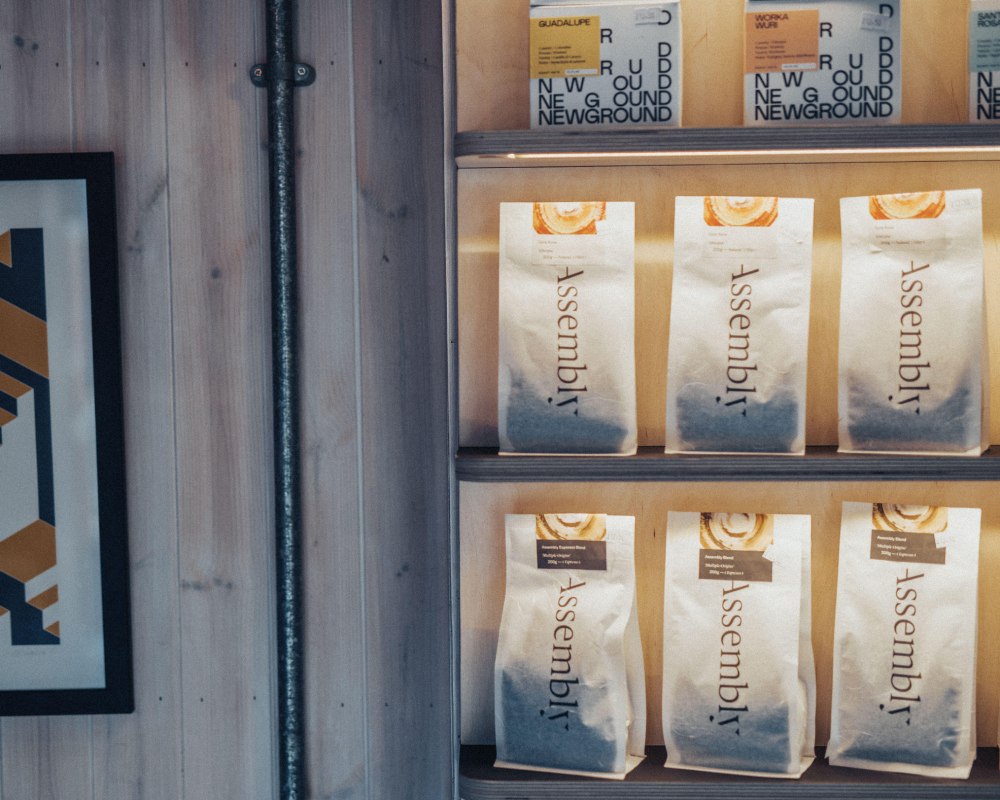
Coffee packaging is a hugely important aspect of any roaster’s marketing and branding strategies. Whether they are selling their products in coffee shops or supermarkets (or even both), a roaster’s packaging needs to stand out and make a statement.
Along with colour schemes, fonts, and logos, the information printed on coffee bags is a key part of this. In specialty coffee in particular, certain information – including origin, variety, processing method, and more – is expected to be included on packaging.
It has also become increasingly common to see producers’ names printed on coffee bags, and there are several reasons for this. Not only is it incredibly useful information for consumers to know who grew their coffee, but it also highlights the hard work that goes into producing each and every cup.
When it comes to the producers themselves, however, does including their names on packaging help them specifically to retain more value?
To learn more, I spoke to Samantha Keane Morgan, Director of Green Coffee Purchasing at Balzac Brothers, and Ana Maria Donneys Correa, CEO of Café Primitivo.
You may also like our article on whether consumers actually want to be more connected to producers.
Why do roasters include farmers’ names on packaging?
It’s very common to see producers’ names printed on bags of roasted coffee – even to the extent that consumers may not really question why this information is included in the first place.
First and foremost, it’s a part of a roaster’s marketing and branding strategies. In addition to printing other details about a specific coffee (think origin, variety, and processing method), highlighting the producer, farm, or co-operative who grew the coffee also helps to tell the “story” of the product and where it came from.
Similarly, informing consumers about who produced their coffee is part of a wider sustainability trend to push for more transparency and traceability. If a customer knows (or can even recognise) the name of a specific producer or farm then they are likely to feel more “connected” to the beginning of the supply chain.
Samantha Keane Morgan is the Director of Green Coffee Purchasing at Balzac Brothers, a green coffee importer in South Carolina, US which has been operating for over a century.
“From a roaster’s perspective, providing more information to the consumer and improving traceability allows them to differentiate their brand from other roasters who may not want to or be able to provide that information,” she explains.
“Industry trends suggest a continued focus on traceability and transparency, so roasters have pushed for a more expansive view of the coffee supply chain, including printing producers’ names on packaging,” she adds. “It’s always great to give credit where credit is due, and it makes it easier for customers to support the same farmer year after year.”
Connecting the supply chain
Packaging is an incredibly useful marketing tool for specialty coffee roasters. However, for it to be as effective as possible, it needs to be both in line with a roaster’s branding and inform the consumer.
As well as being the CEO of Café Primitivo, Ana Maria Donneys Correal is the vice president of the International Women’s Coffee Alliance Colombia chapter and a coffee producer. She explains that displaying farmers’ names on packaging can encourage consumers to become more interested in learning about coffee production.
“Just like roasters, producers are part of what makes coffee so special,” she says. “Having the name of the person that grows or processes the coffee on the bag becomes somewhat of a quality signature, which might awaken consumers’ interest in finding out more about the work we do at origin.”
Samantha agrees, and notes that it could be a useful way to secure long-term working relationships.
“If including information about the farmer helps to increase the likelihood of repeated coffee purchases from importers, roasters, and consumers, then branding strategies that include producers’ names could help to bridge part of the gap between production and consumption,” she says.
Considering the coffee producer’s perspective
Similar to how a growing number of customers are expressing interest in knowing more about coffee production, some farmers also want to feel more connected to end consumers. There are many ways to facilitate this – including blockchain technology and other digital platforms – but printing producers’ names can be one of the most simple yet effective ways.
Ana Maria believes that farmers who have a “signature” touch to their coffee (such as unique controlled fermentation processing methods) can often benefit from this the most.
“These producers in particular are working hard to understand how they can design their processing methods to create specific flavour profiles,” she says. “I believe this hard work deserves to be recognised throughout the whole value chain.
“Nowadays, there are more producers than ever before who are coming up with innovative ways to enhance coffee quality and bring out different flavour attributes,” she adds. “It’s very different to what the market has previously been used to.”
Are there reasons to not print farmers’ names on packaging?
Some may argue that it would be a huge discredit to not include the name of the producer, farm, or co-op on a bag of roasted specialty coffee. And this logic makes sense – not attributing the hard work and expertise it takes to grow high-quality coffee to the person or farm who produced it could make it harder for producers to build their reputation.
Ana Maria, however, says that in some cases, there might be good reasons to not include a producer’s name on a bag of coffee – especially for blends.
“To keep the flavour profile of their blends consistent, some roasters source from different origins, so including farmers’ names on the packaging could get confusing,” she tells me.
Samantha, meanwhile, warns that privacy and creating unfair bias may be other concerns.
“It’s always important to consider the privacy of producers and farm workers,” she tells me. “Green coffee buyers should always ask the farmer or co-operative’s permission to include personal information in marketing material.
“Marketing the producer or co-operative on the bag might also create perceived value, so customers might choose the bag with this information over another bag, such as a house blend that has less information printed on it,” she adds.
Other ways to bridge the consumer-producer gap
Naturally, there’s a limit to how much information we can include on coffee packaging. And while roasters can also hand out cards with more detailed descriptions, there are other effective ways to engage with consumers.
“As coffee drinkers become more interested in production, and producers use social media and other online tools to showcase our work, the gap will get smaller every day,” Ana Maria says. “There’s a [long way] to go, but consumers become more demanding, aware, and informed every day.”
She adds that some customers reach out to Café Primitivo through social media to ask questions, displaying a clear interest in what happens on coffee farms.
“This kind of experience makes us feel valued and inspires us to continue improving our practices to increase coffee quality,” she says. “We feel heard and that our work and effort is transcending.”
Higher prices are key
Samantha explains that for producers, the most impactful way to add value to their coffee is to receive fairer and higher prices.
“The biggest way to impact the coffee supply chain sustainably is to use your purchasing power as a consumer, roaster, or importer,” she explains. “Each downstream purchaser has to be willing to put their money where their mouth is. Purchasing coffee consistently at sustainable price levels is the best way to influence the future of the coffee industry.”
Ana Maria agrees, saying that shared responsibility is essential.
“I believe we all have a responsibility wherever we work in the coffee value chain,” she says. “Producers should be transparent about our work to clients, exporters need to tell the story behind the product, importers have to share this information with roasters, and roasters need to show consumers what goes into making a good cup of coffee.”
Printing producers’ names on coffee packaging and sharing their stories is one of many ways to create a more equitable value chain – but there’s ultimately only so much it can do.
To be truly sustainable, transparent, and traceable, supply chain actors need to push for fairer prices and share as much information about coffee as possible. And a big part of this most definitely includes knowing who grows your coffee.
Enjoyed this? Then read our article exploring how certifications are used to market coffee.
Perfect Daily Grind
Want to read more articles like this? Sign up for our newsletter!
The post Printing producers’ names on coffee packaging: How much value does it add? appeared first on Perfect Daily Grind.
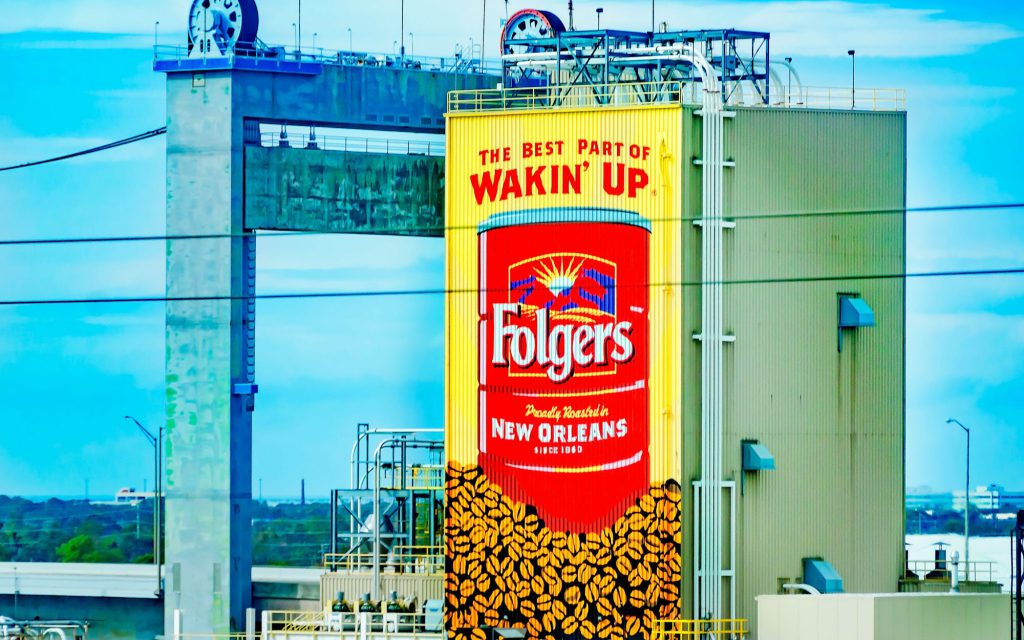
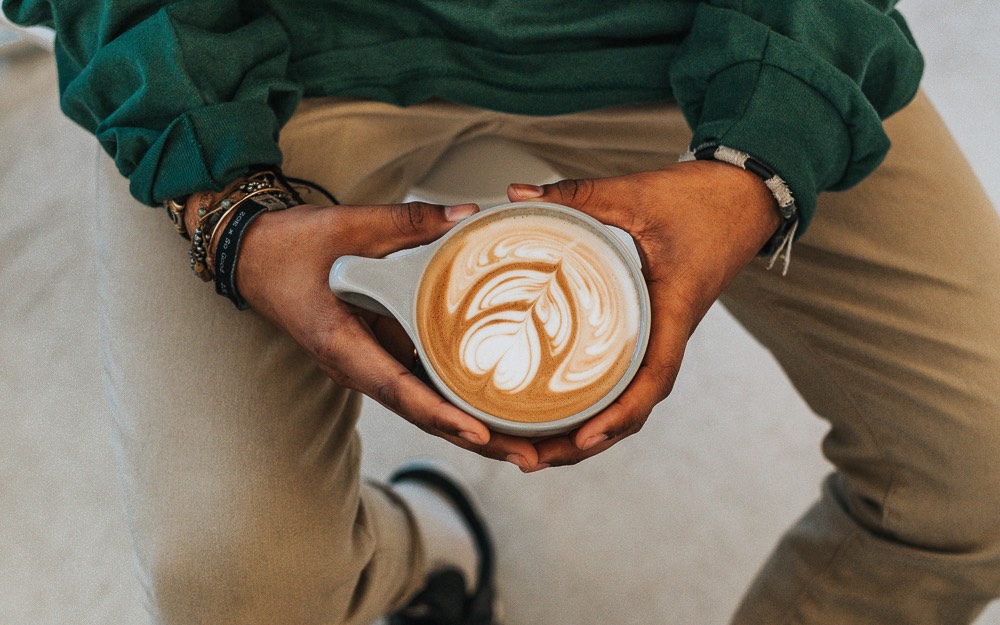
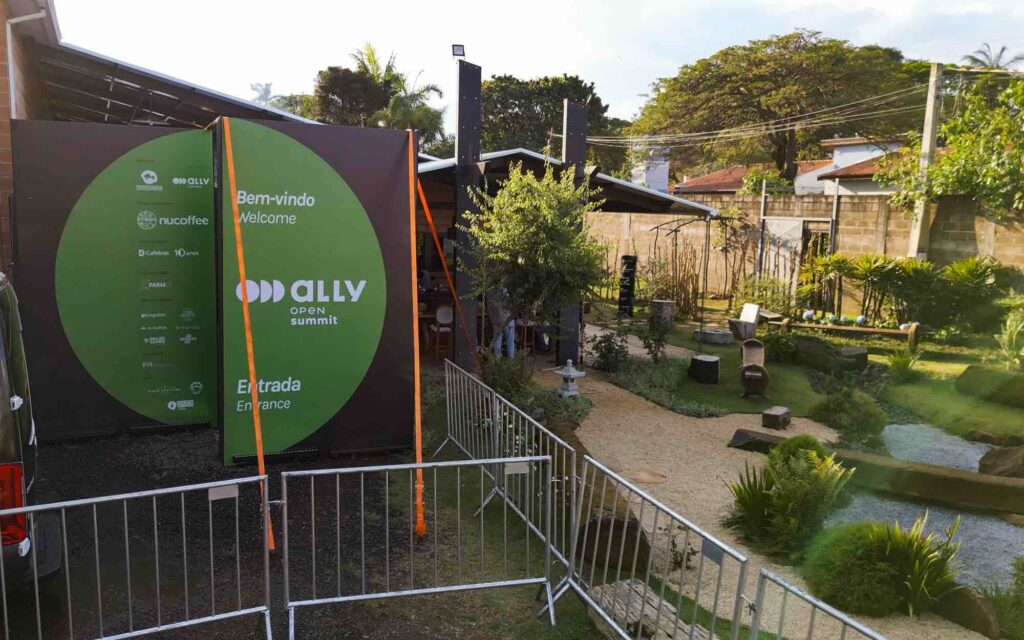
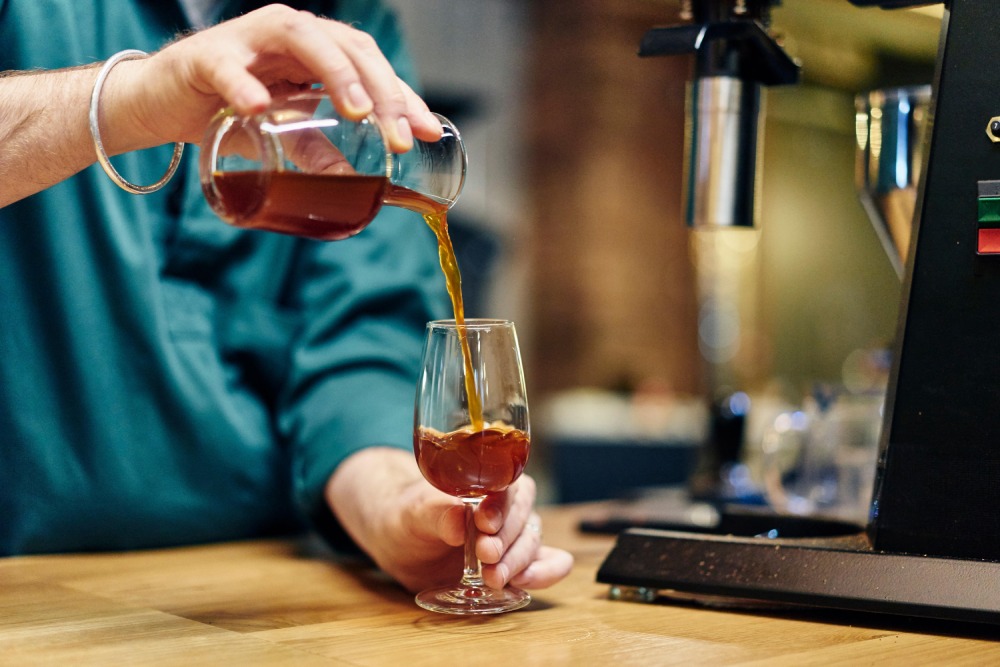
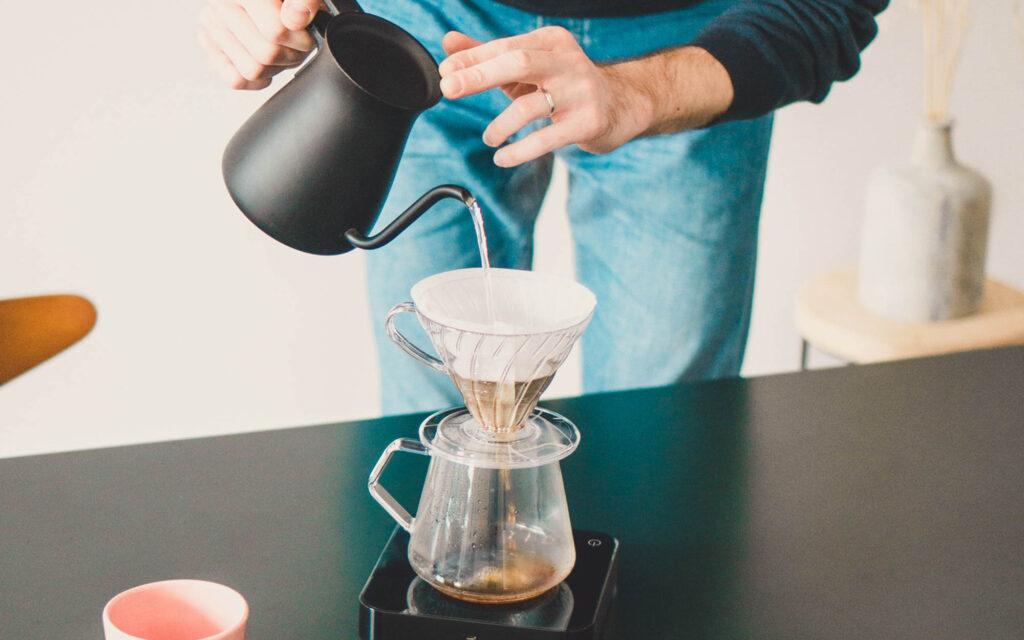
Responses